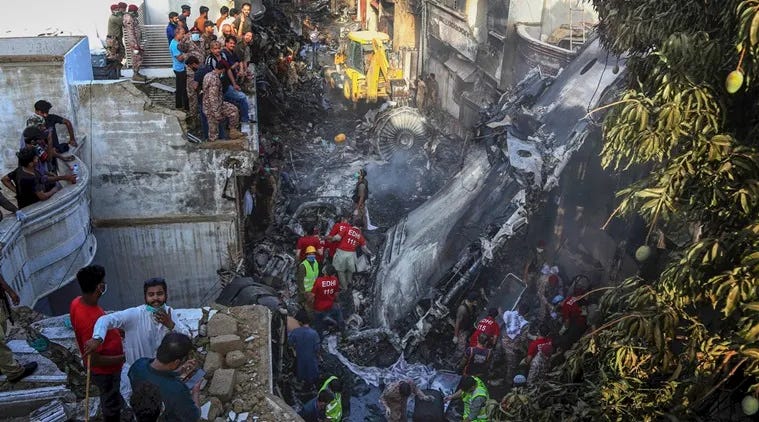The Tragic Crash of Pakistan International Airlines Flight 8303: A Detailed Analysis
The analysis of the crash of Pakistan International Airlines Flight 8303 reveals a series of critical errors and systemic failures that culminated in a tragic disaster. The flight crew's distracted approach, failure to follow procedures, and disregard for safety protocols were key contributors to the accident. The pilots' lack of situational awareness, improper decision-making, and non-compliance with standard operating procedures significantly impacted the outcome. Additionally, the airline's inadequate quality assurance practices, coupled with a culture of political patronage and corruption within PIA, created an environment where safety took a back seat to personal interests. The investigation highlighted issues such as pilot licensing irregularities, overstaffing, mismanagement, and regulatory deficiencies that further exacerbated the situation. Despite some minor changes post-accident, fundamental organizational challenges persist within PIA and Pakistan's aviation sector at large.
Customize Summary
Rewrite with AI
Generate Citations
Translate Source
To Another Language
Generate MindMap
from source content
Visit Source
admiralcloudberg.medium.com
Insanity in the Air: The crash of Pakistan International Airlines flight 8303
Key Insights Distilled From
by Admiral Clou... at admiralcloudberg.medium.... 03-17-2024
https://admiralcloudberg.medium.com/insanity-in-the-air-the-crash-of-pakistan-international-airlines-flight-8303-46bbcc0e5f45
Deeper Inquiries
